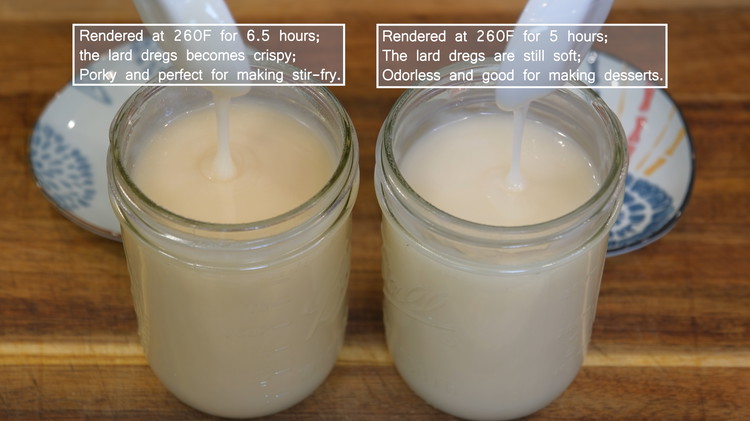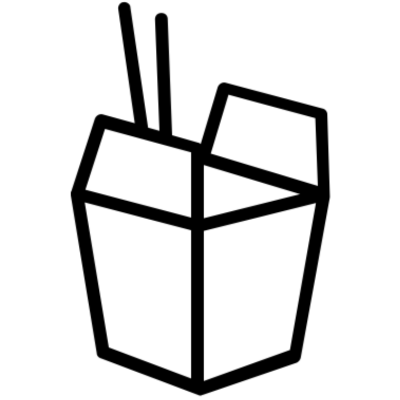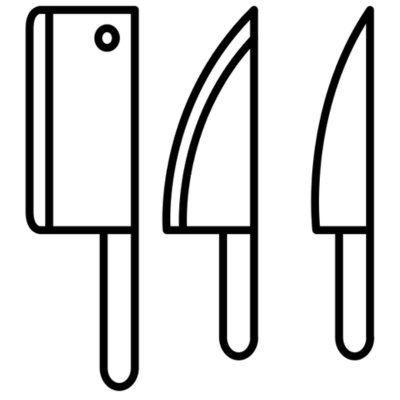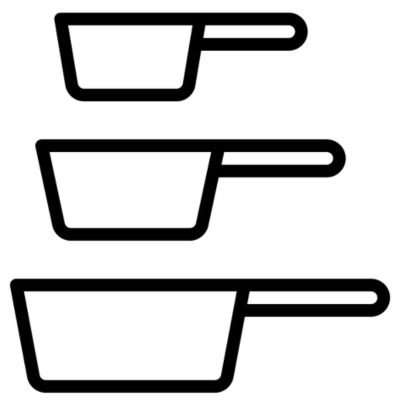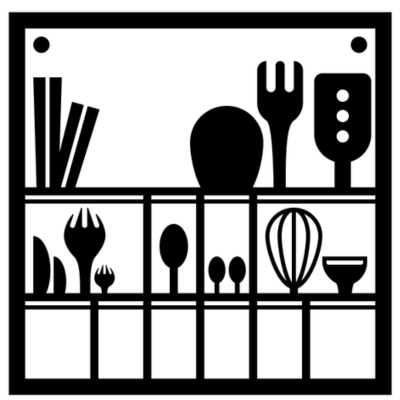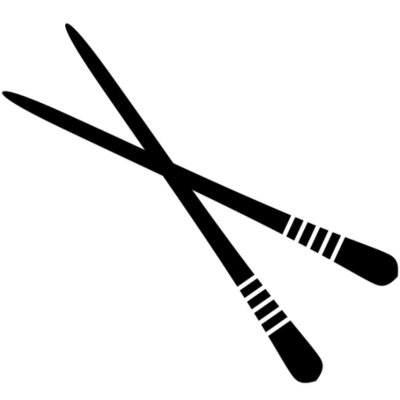How to Render Perfect Snow White Lard (The Right Method)
Rated 5.0 stars by 2 users
Pork lard is one of the most popular cooking oils in Chinese cuisine. Today, I will show you a super easy oven method to render snow white, creamy, odorless lard that is perfect for every cooking purpose. I will also explain how the types of fat, temperatures, and time affect the quality of the lard sso you can render perfect fat every single time.
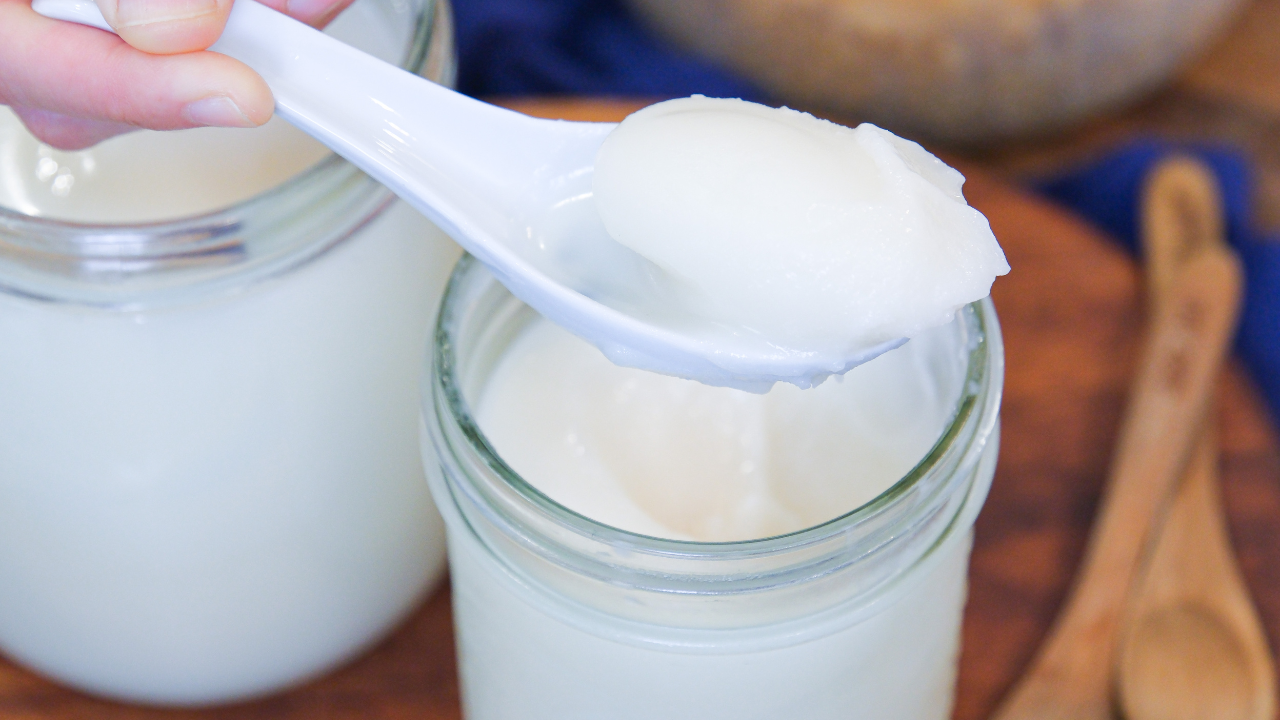
Ingredients
-
1.8kg / 4 pounds of pork fat
Directions
Types of Fat
In general, there are mainly two types of pork fat that you can get for making lard, which are leaf fat, and back fat. You can choose depending on your use.
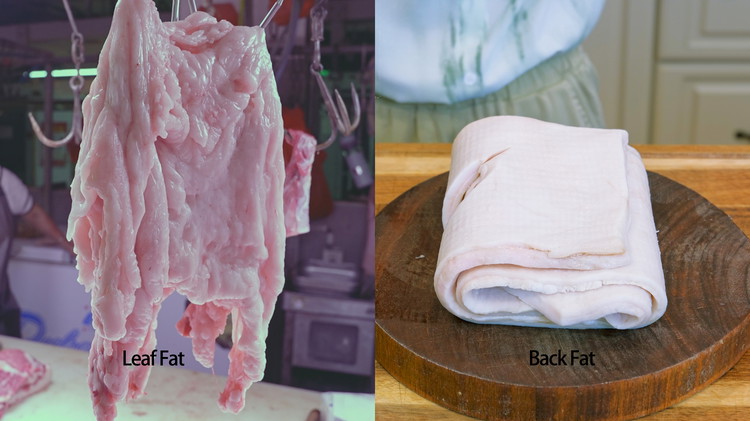
- Leaf fat is a soft, visceral fat surrounding the pig's kidneys and loin. It makes neutral, delicate, and odorless lard, which is considered the highest grade of lard. If you are planning to make cookies and pastry, you should choose the leaf fat because you don't want your desserts to taste too much like pork.
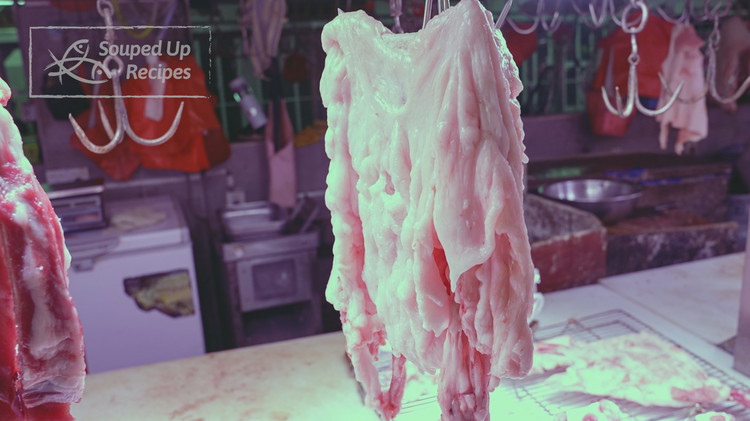
- Pork back fat comes from the back part of the pig. Well, that is obvious. It is usually sold in big uniformed slabs. Its lard is rich and porky, which is perfect for making all kinds of Chinese foods because it adds a different dimension of flavor to the dish.
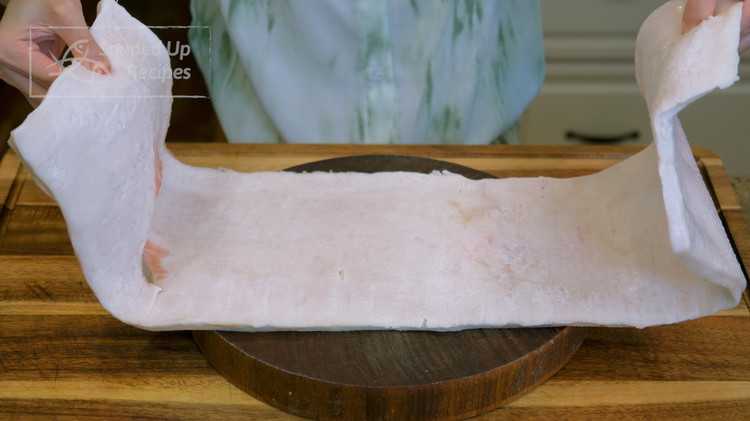
- You can also freeze the trims every time you cook pork. I never throw them away. Once I collect a big batch, I render the fat out.
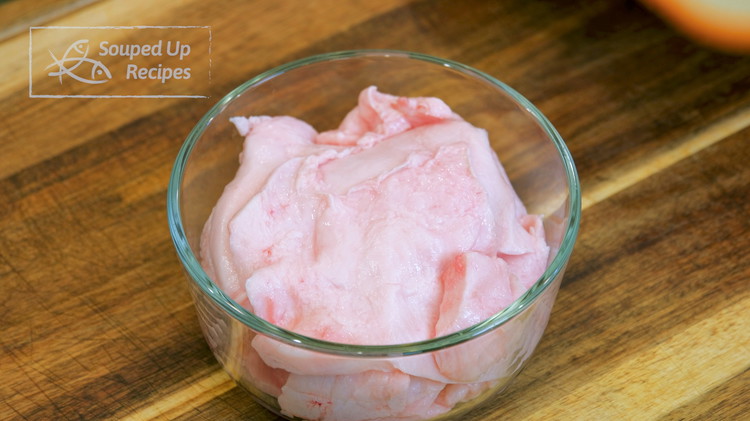
How to Render
Cut the pork fat into bite-size pieces. If you see a tinny bit of the lean meat still attached. You can either trim it off or leave it. Just remember, the lean meat will impart more porky flavor into the oil.
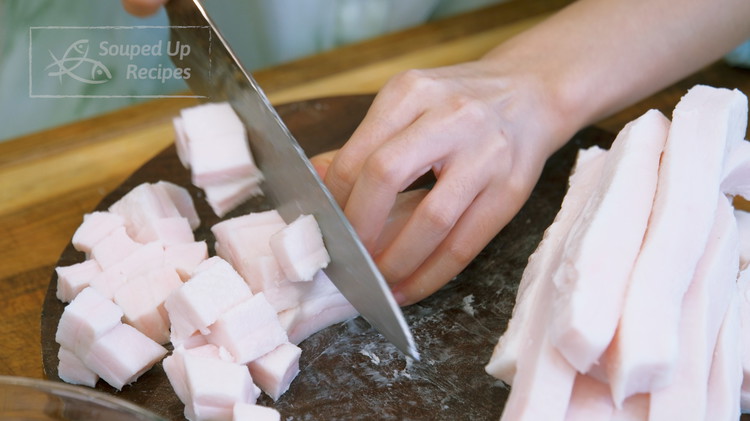
- Add the pork fat into a food processor and chop roughly because smaller pieces allow the fat to render faster. However, do not chop too fine. You still want to see some little bites of fat; otherwise, the lard will come out cloudy. If you don't have a food processor, you can dice the fat finely by hand. It will just take a lot more work.
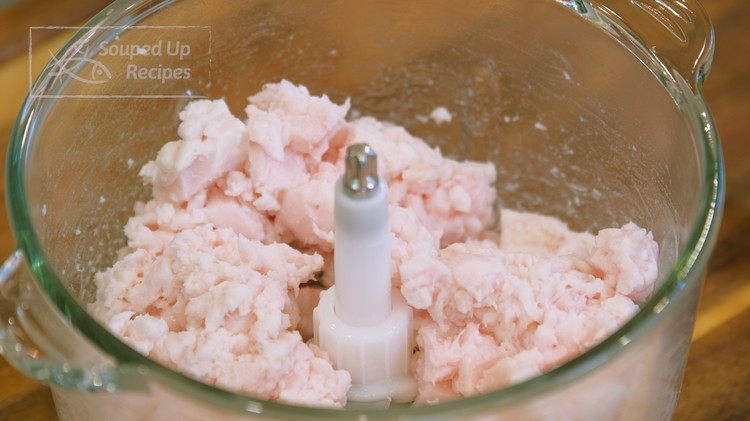
- Put the chopped fat into a deep baking pan and cover with a tin foil. No need to seal it completely because you want the steam to escape. If you don't have a deep baking pan, any other oven-safe cookware will work, such as a stainless steel pot, a clay pot, a Dutch oven, or a cast iron skillet. I choose a larger baking pan so the fat can spread on a wide flat bottom. If you use a smaller pot, the rendering process will take a little bit longer because the fat will be piled thicker.
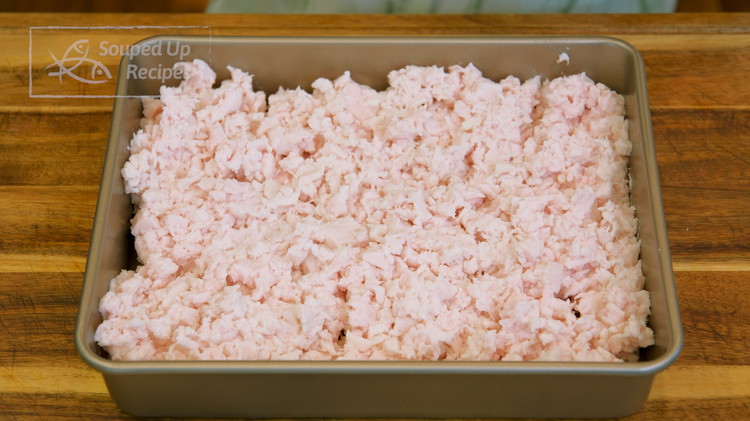
- Set the oven to 260F. No need to wait for the oven to preheat. Just stick the pot in it. Let it render for 5 - 7 hours. During this time, come back every 1.5 hours to pull it out and give it a check. Stir the fat for an even cooking and push the pan back into the oven.
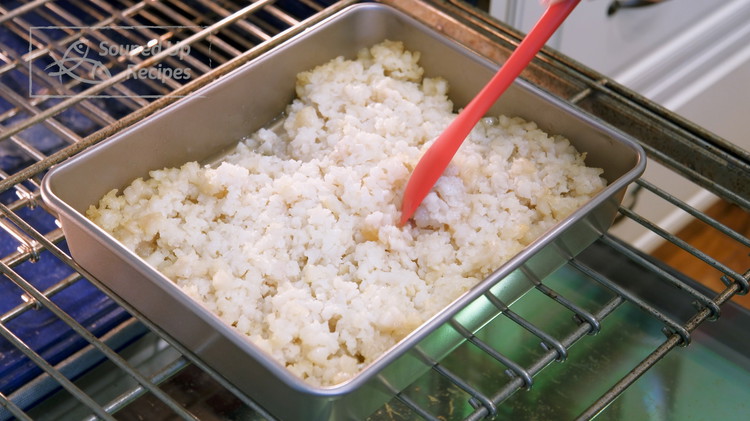
- Once done, you should have a full banking pan of pork lard. For your reference, 4 pounds of pork fat gets about 3 pounds of lard, which fills 3 16-oz mason jars perfectly. Pour everything through a sieve to eliminate the solid bits. Store the lard in sealed containers in the fridge for up to 6 months or in the freezer for 12 months.
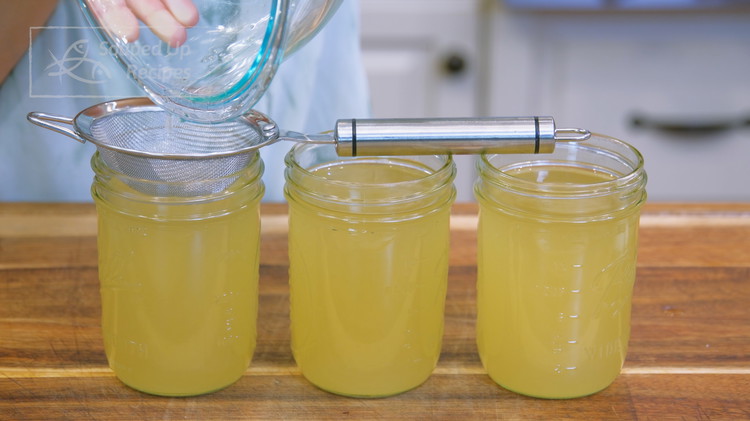
How Do Temperatures Affect the Quality of the Lard?
Some of you might feel like 5-7 hours is too time-consuming. Could I just crank up the heat to speed things along?
- Well, the answer is yes and no. Here's why: I've got two jars of lard here, The left one was rendered at (260°F / 127°C); The color is lighter. The right one was rendered at 360°F / 182°C, resulting in a deeper color.
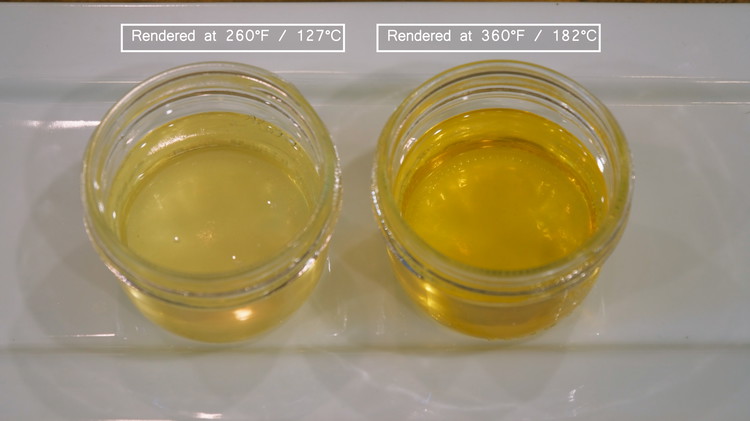
- I let them sit at room temperature (78°F / 25.5°C) overnight. Now, their temperature is the same, but the difference is significant. The left one is still soft, creamy, and pretty fluent, which is a sign of high-quality lard. The right one is also creamy but not fluent anymore.
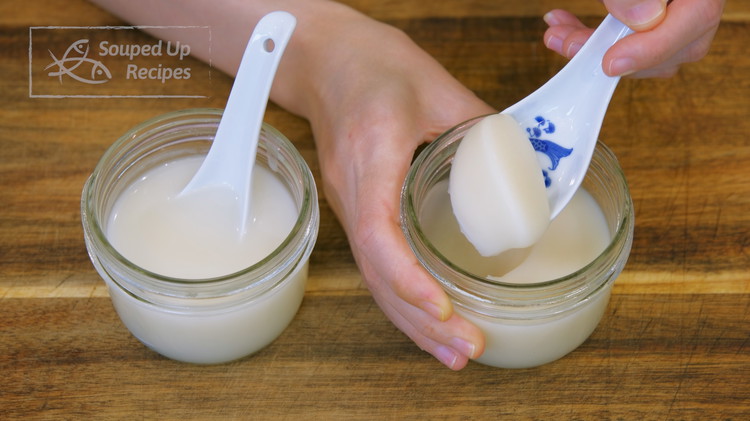
- Why? Higher temperatures accelerate the oxidation process of the oil, which can lead to the breakdown of nutrients like vitamins A, D, E, and increase the content of saturated fatty acids, which usually stay solid at room temperature. By contrast, unsaturated fats stay liquid at room temperature and are less likely to clog your vessels. With that being said, a healthier lard is supposed to have a light color and a soft texture at room temperature. Of course, if you put them in the fridge, they both will solidify. Although both of them are delicious for cooking, you should always make lard at low temperature for better nutrients.
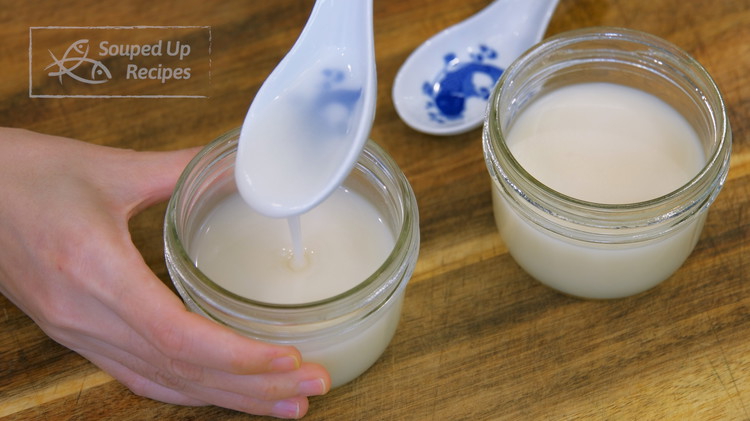
How Does Cooking Time Affect the Lard?
I have 2 jars of lard here. They are both rendered at 260F.
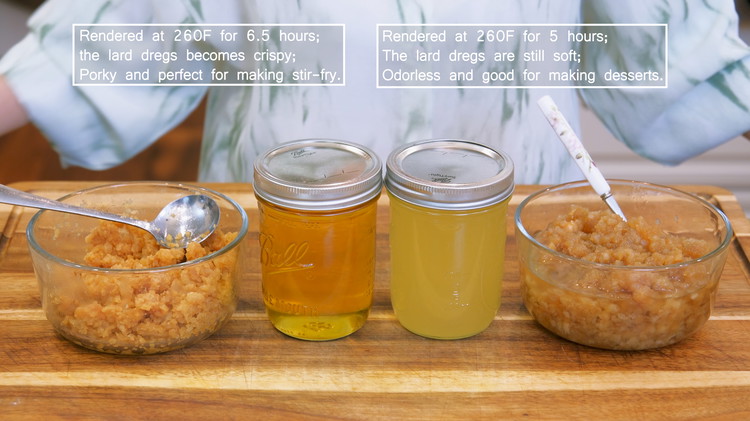
The right one is rendered for 5 hours. Its lard dregs are soft and still have some fat left in there. The lard has a lighter color and taste.
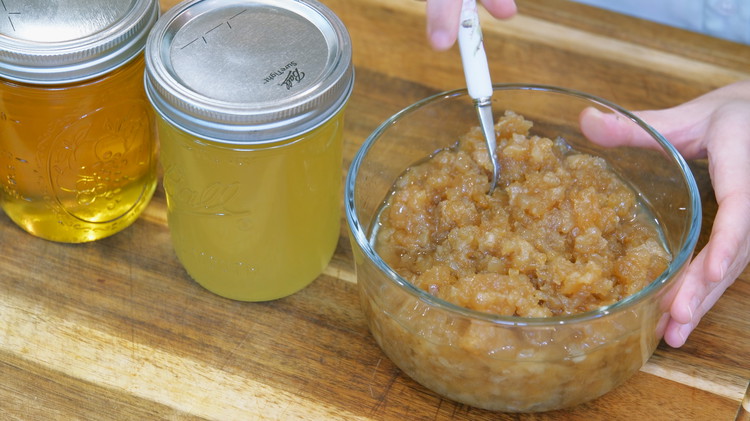
- The left one is rendered for 6.5 hours; its lard dregs are crispy and have no fat left. The lard has a deeper color because you get more Mallard reaction from the lard dregs.
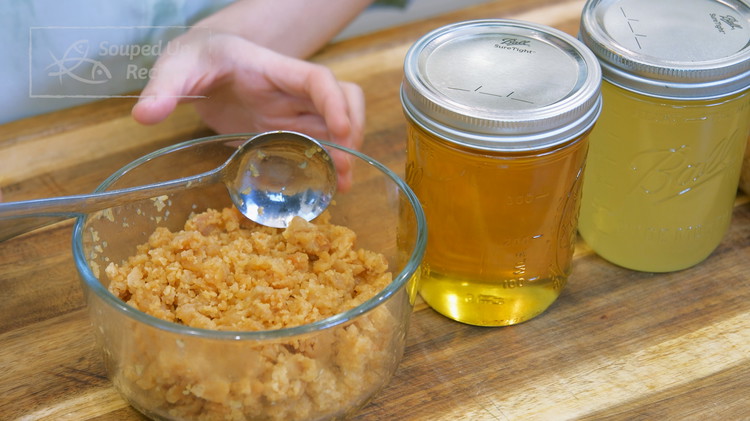
- Both jars of lard are fluent at room temperature. The difference is in taste. One is porkier than another, so it is your choice to decide.
